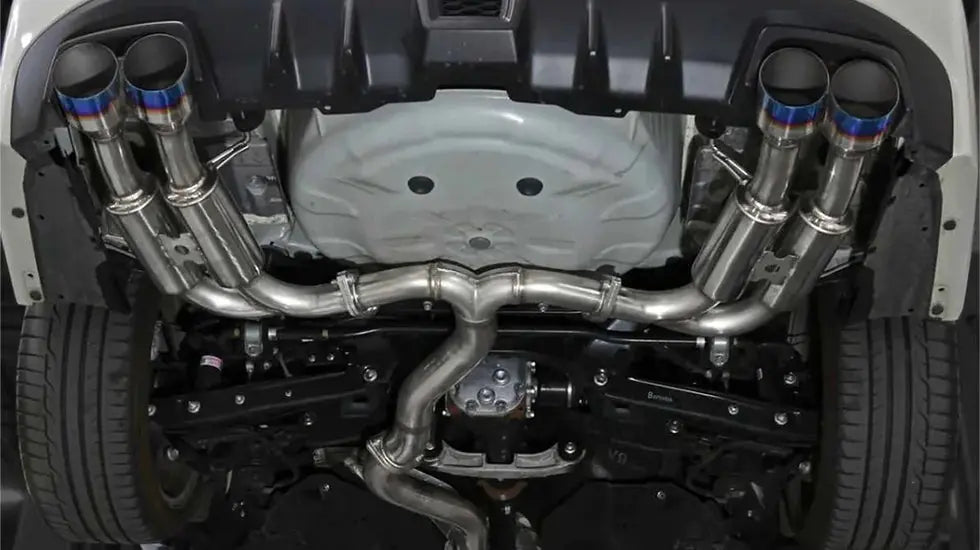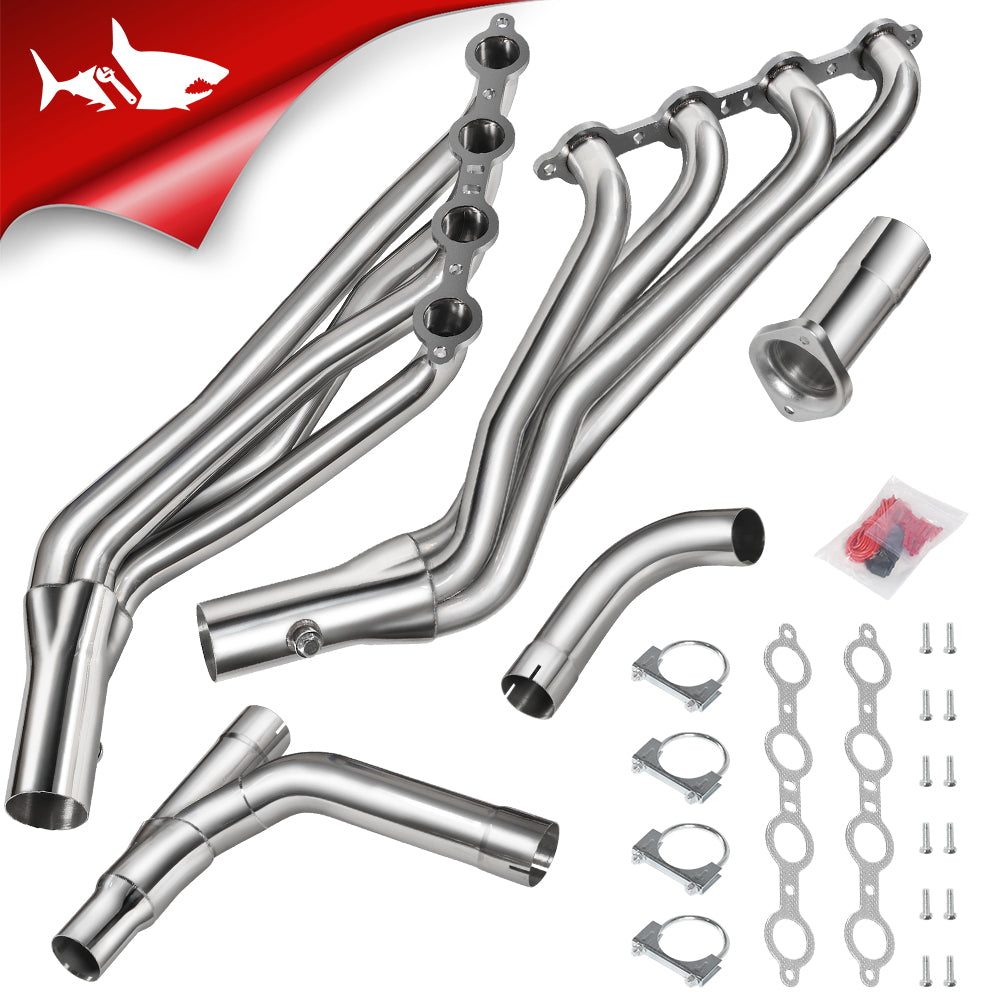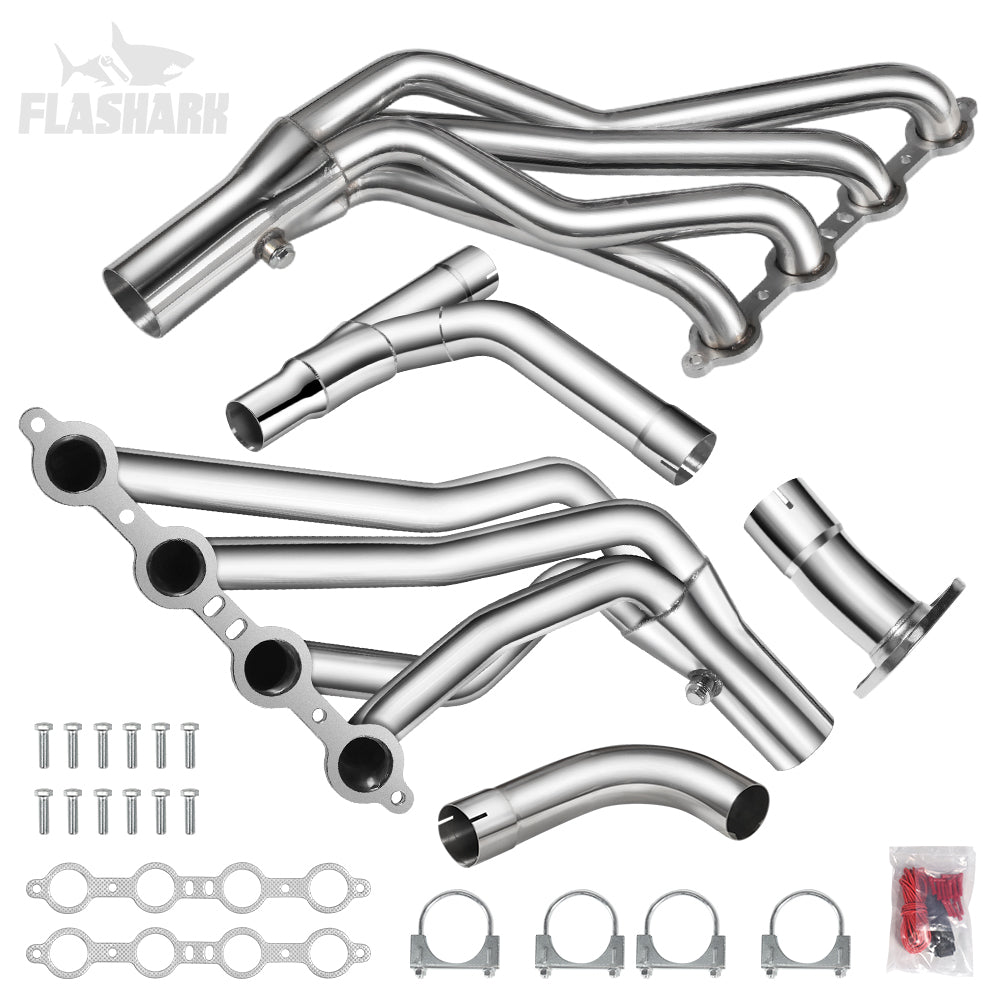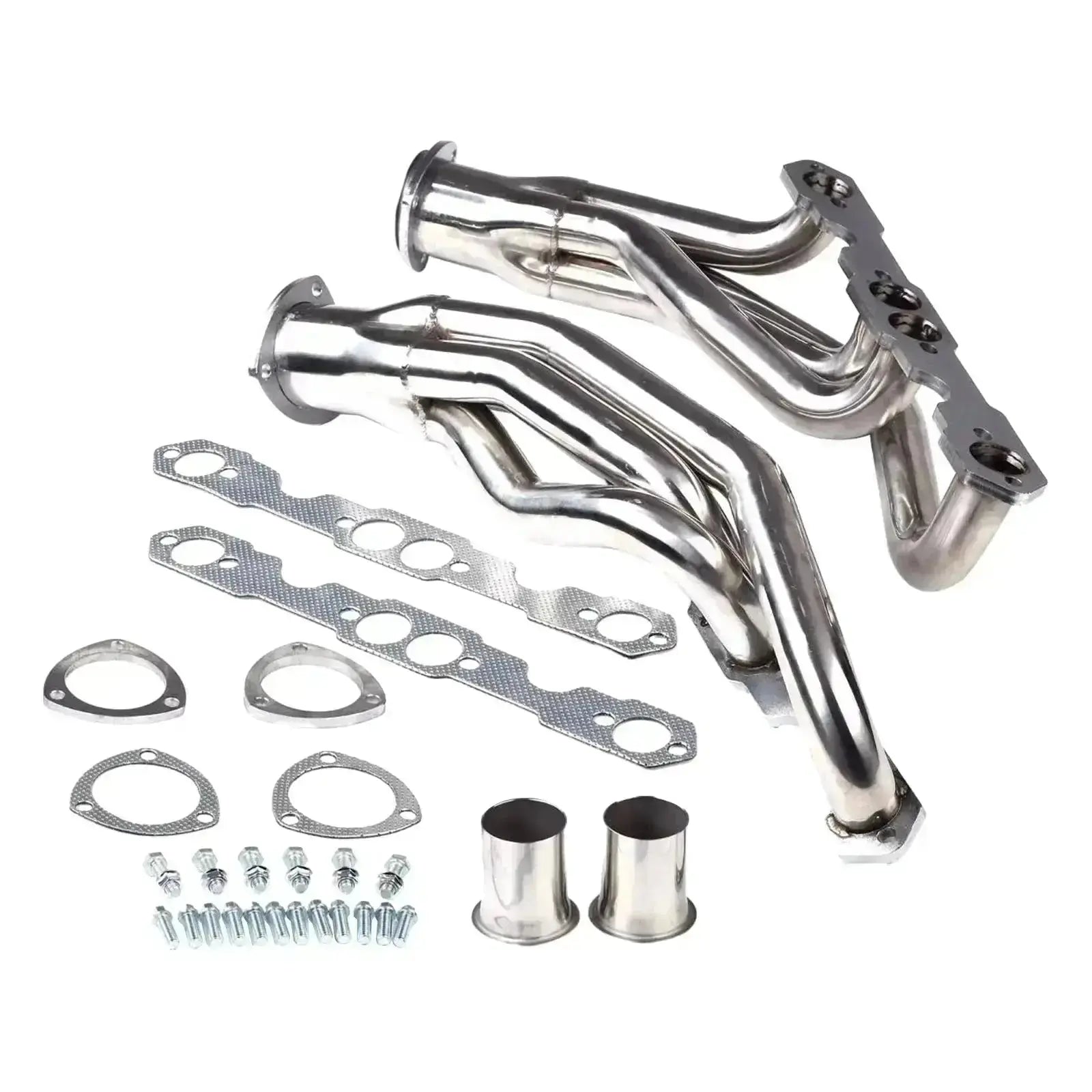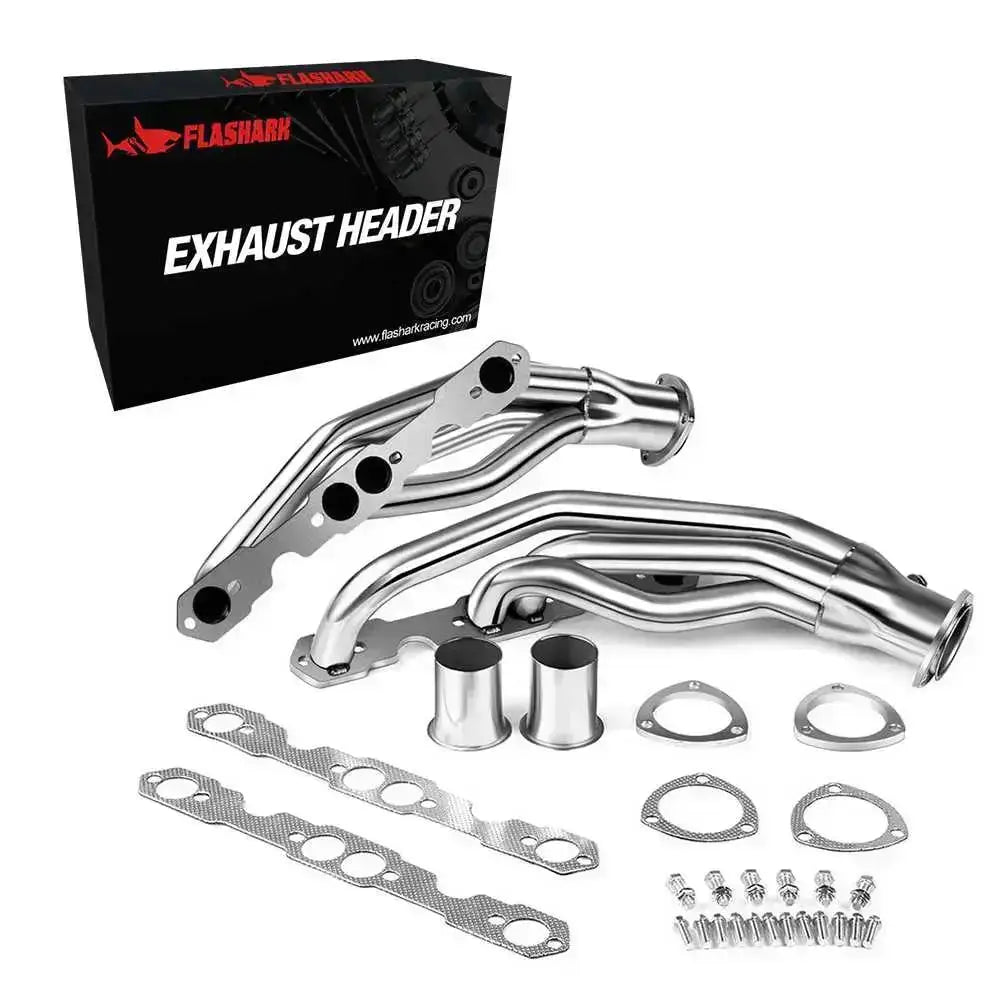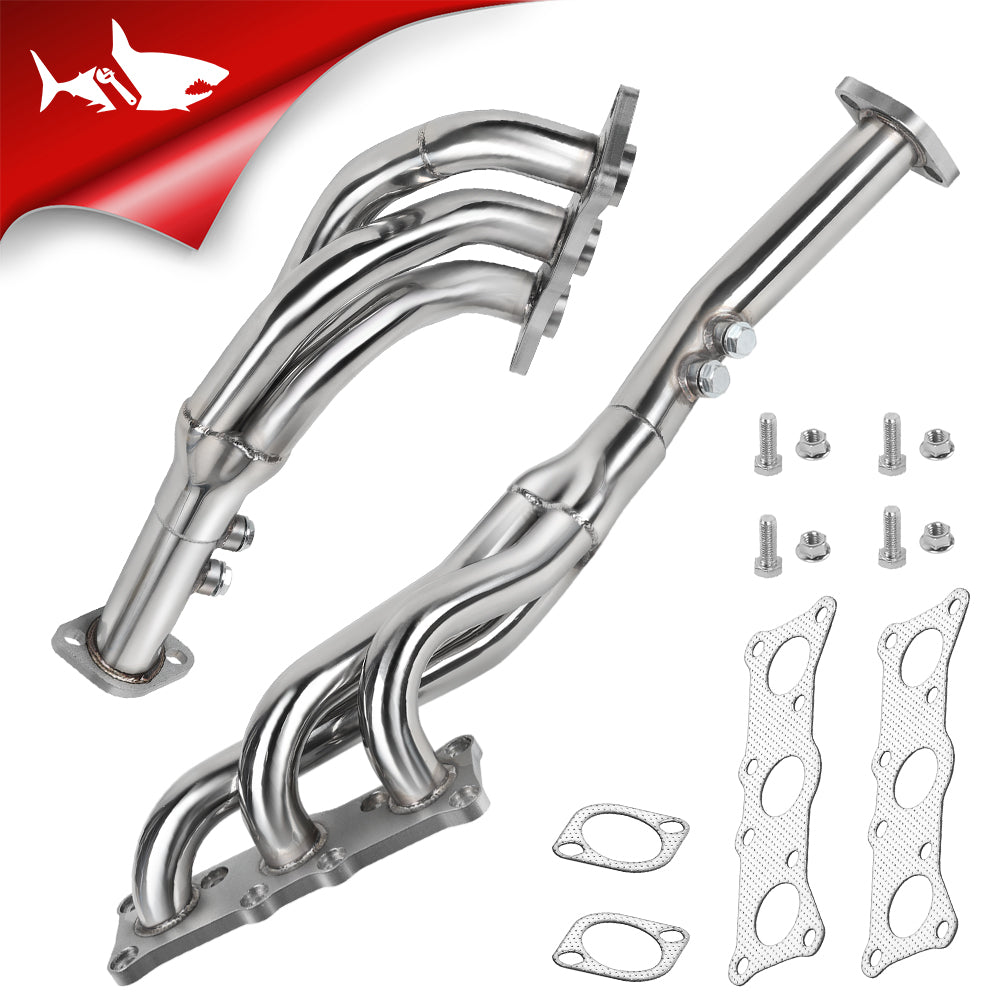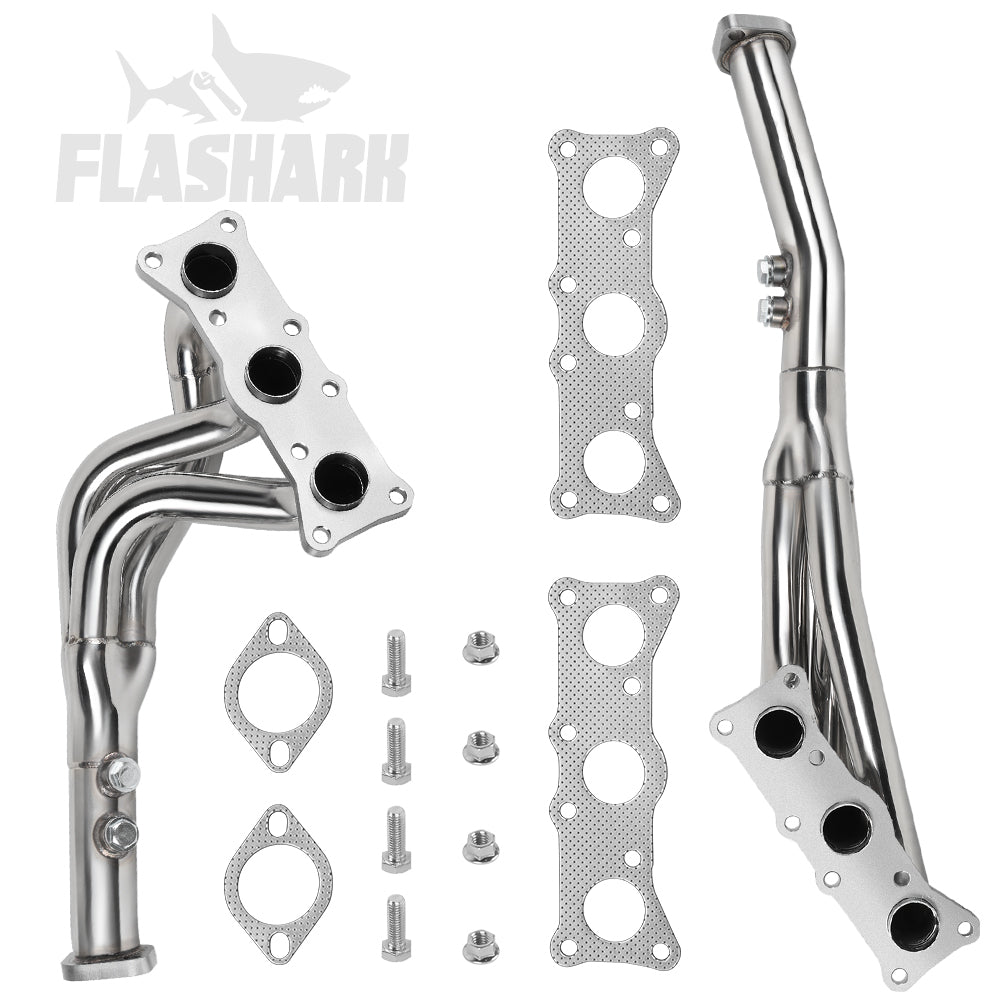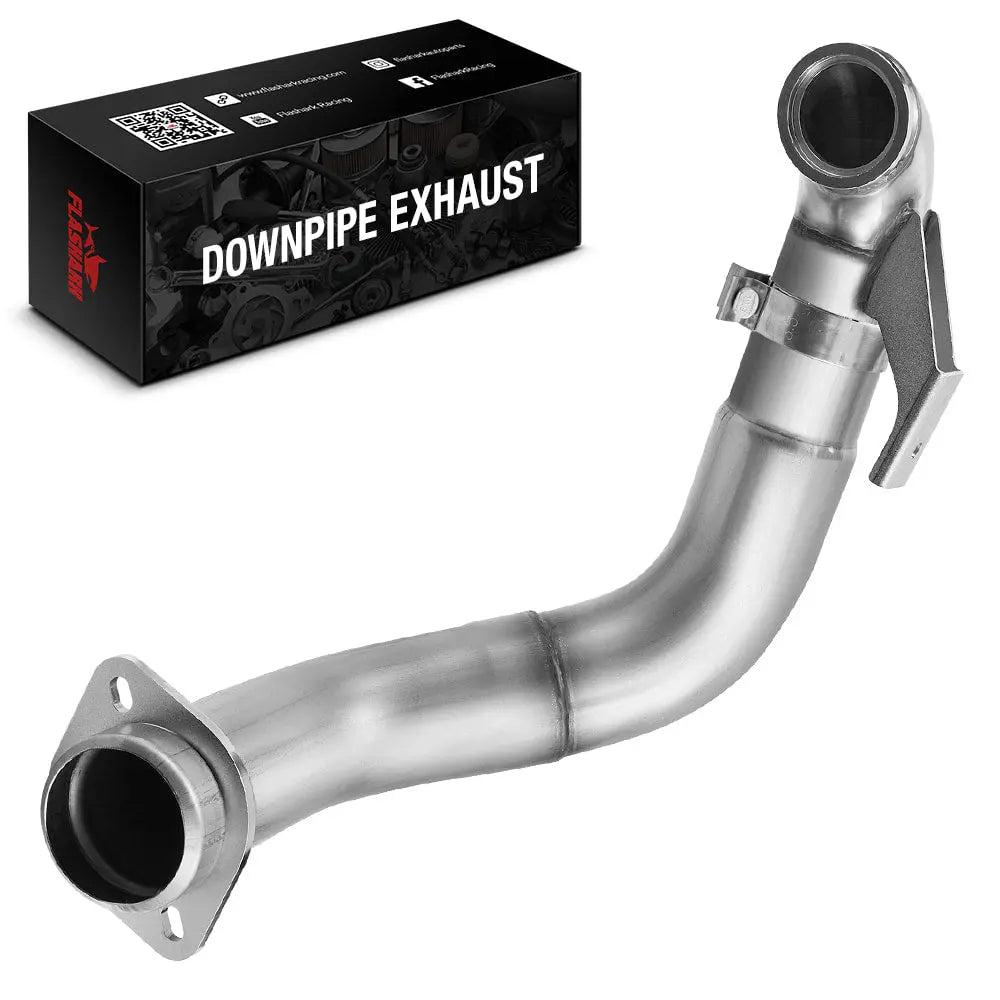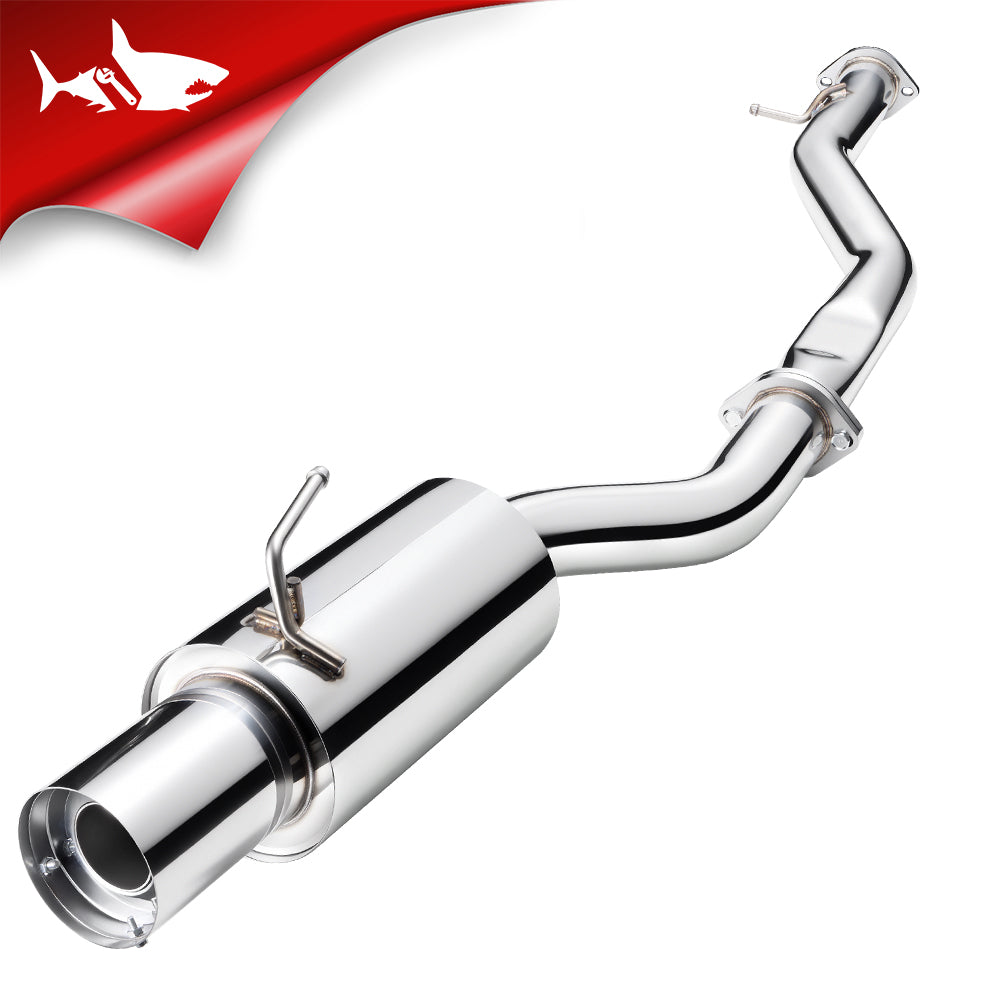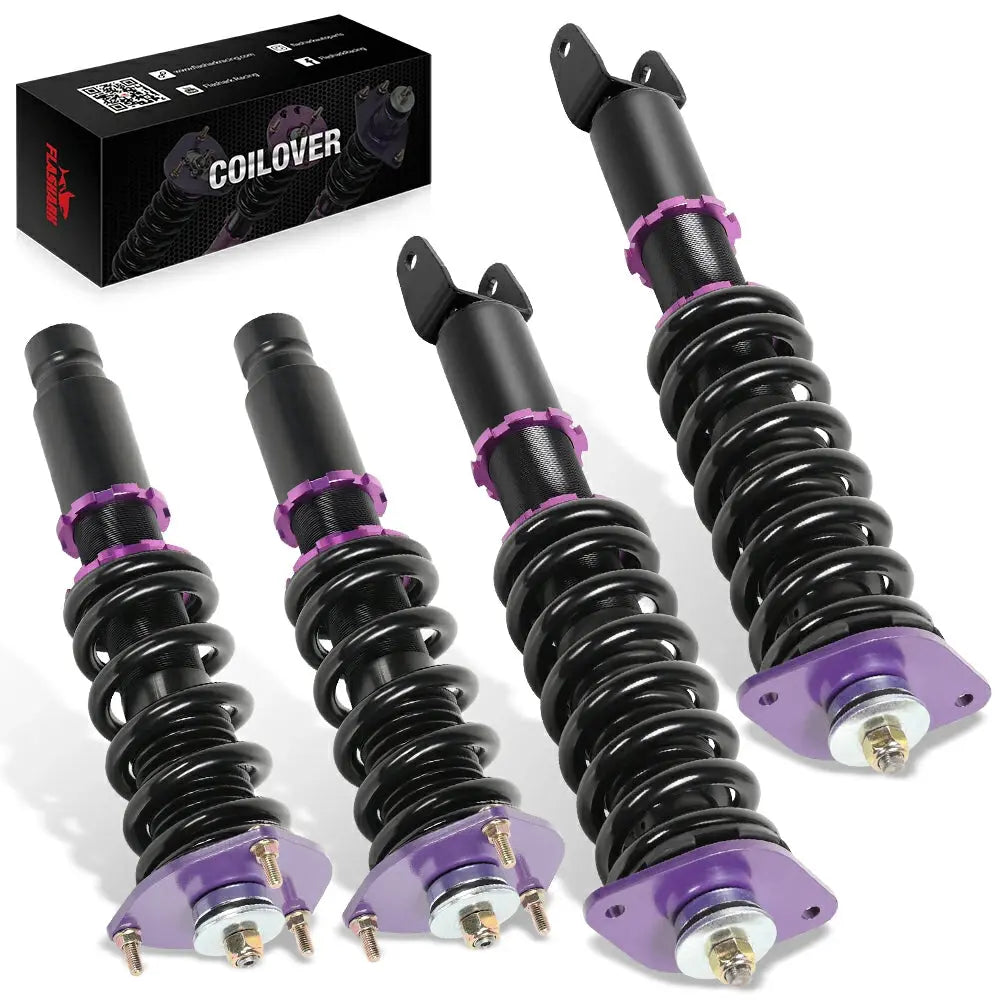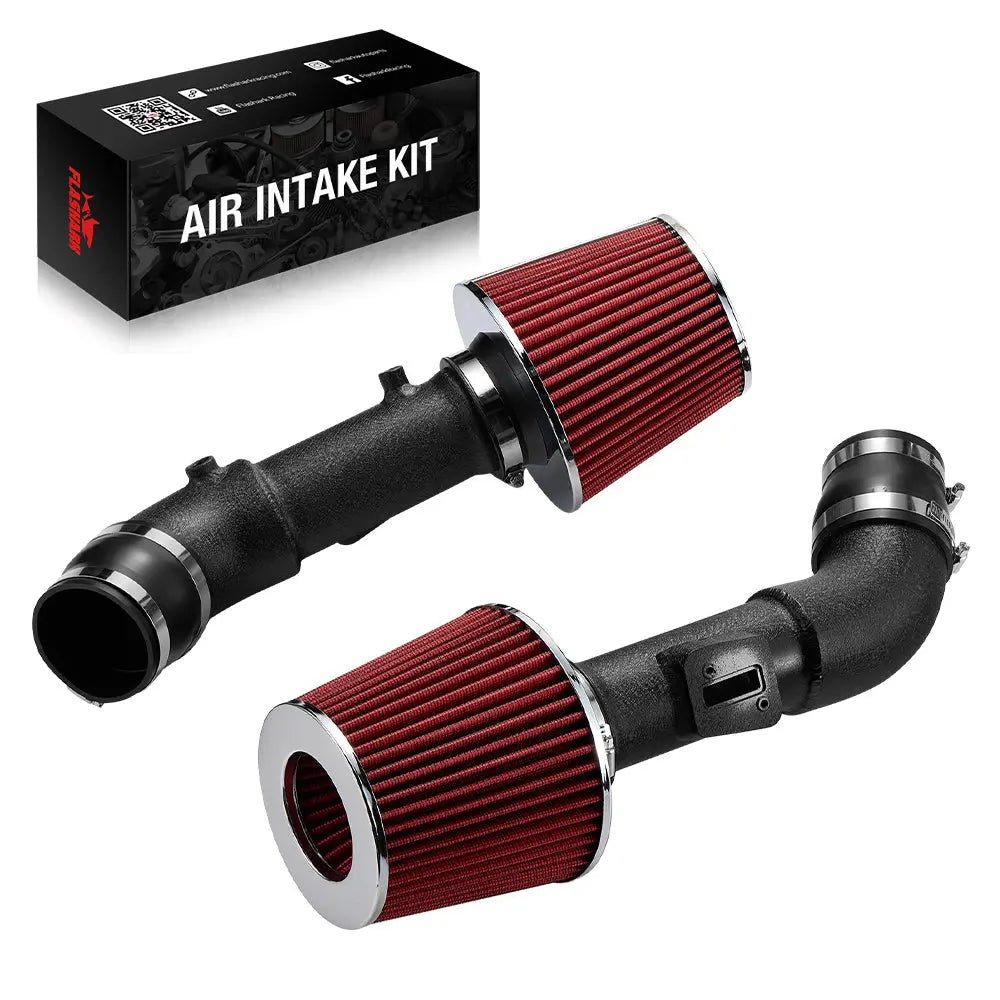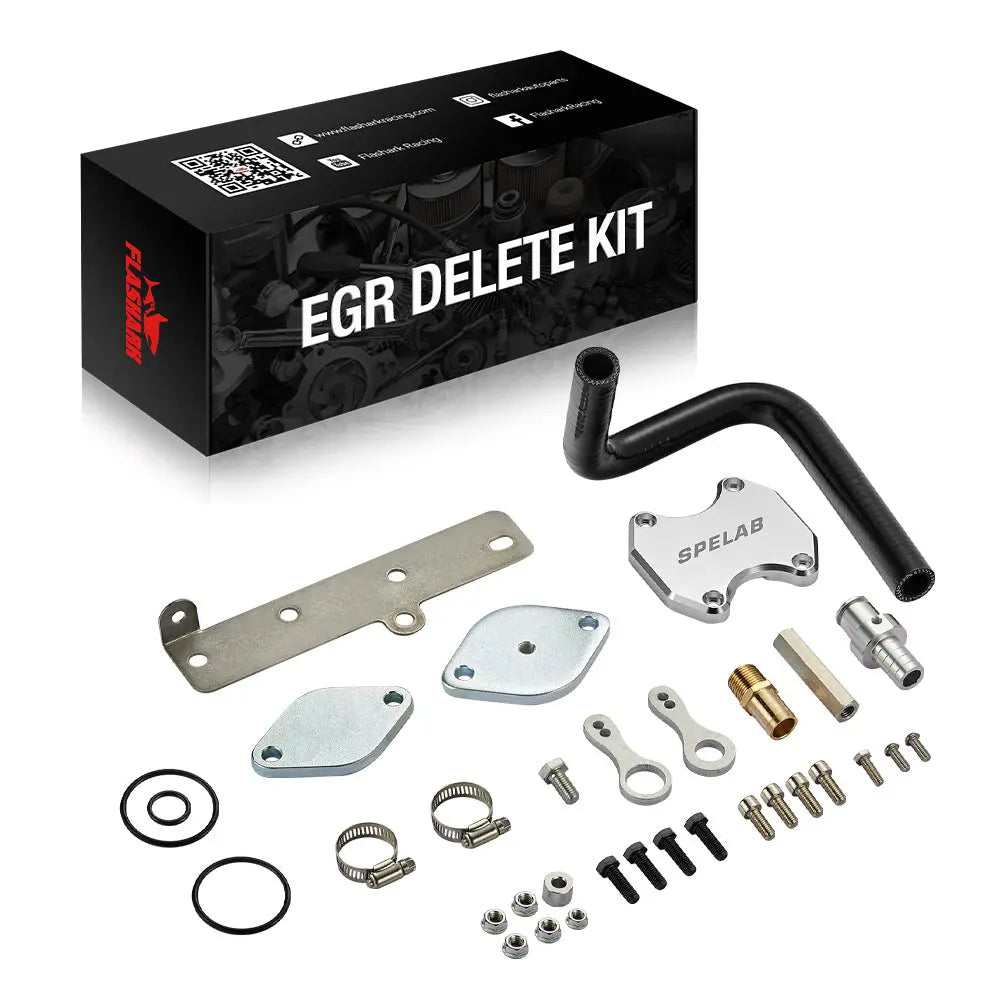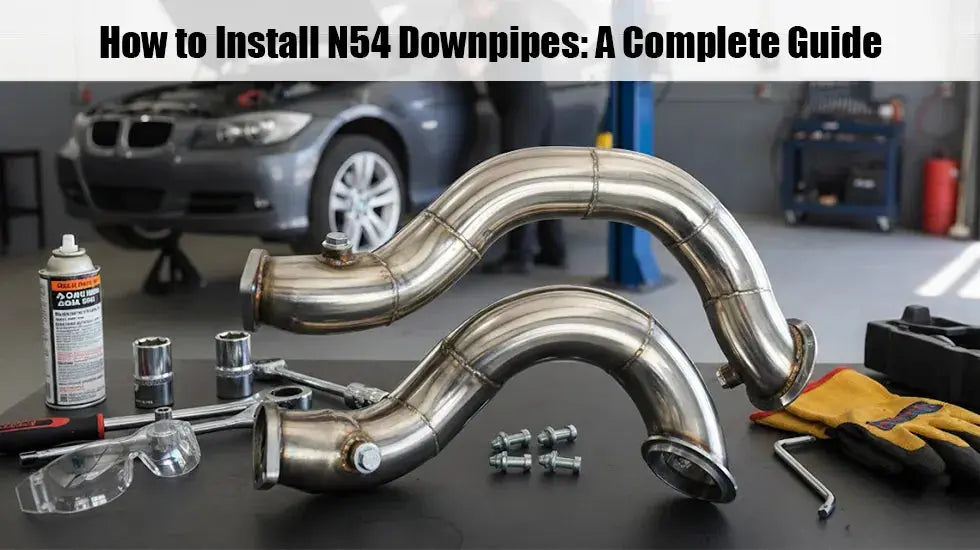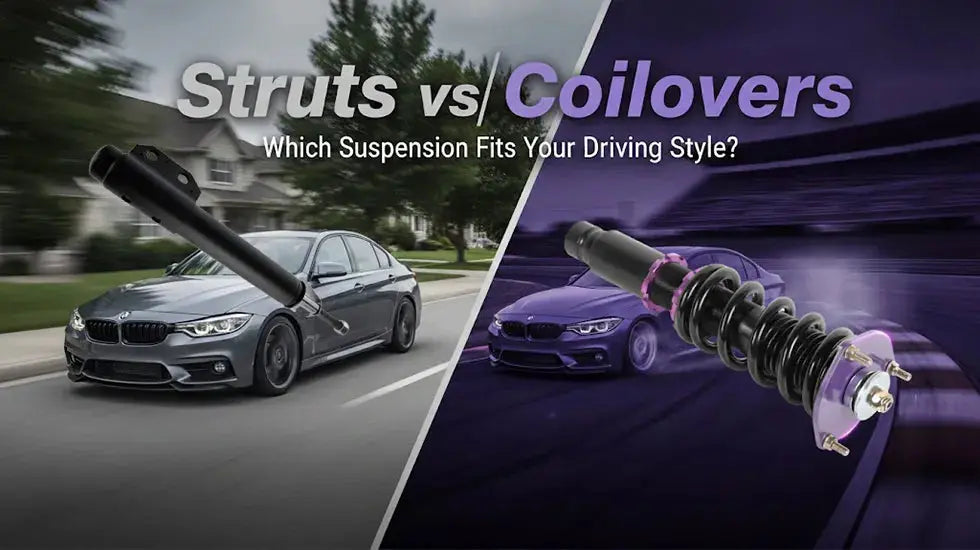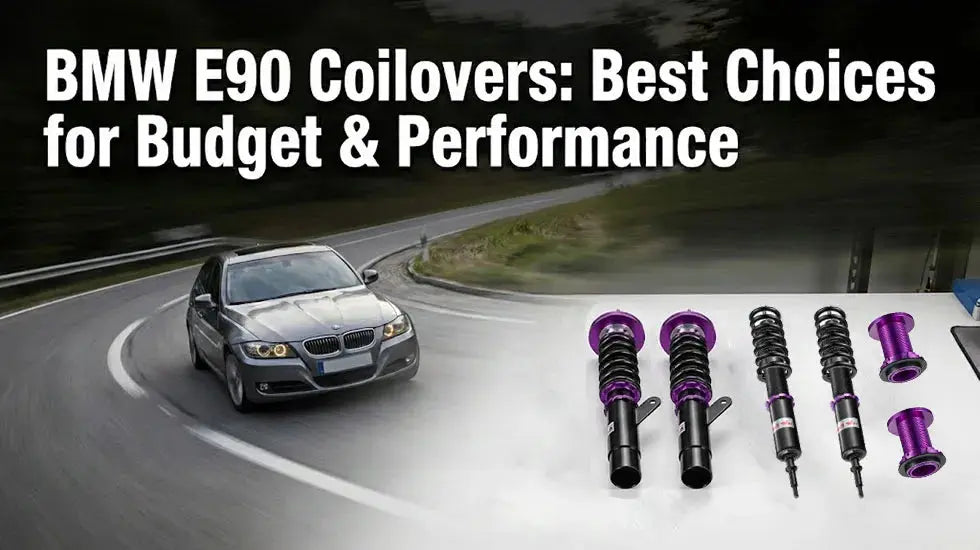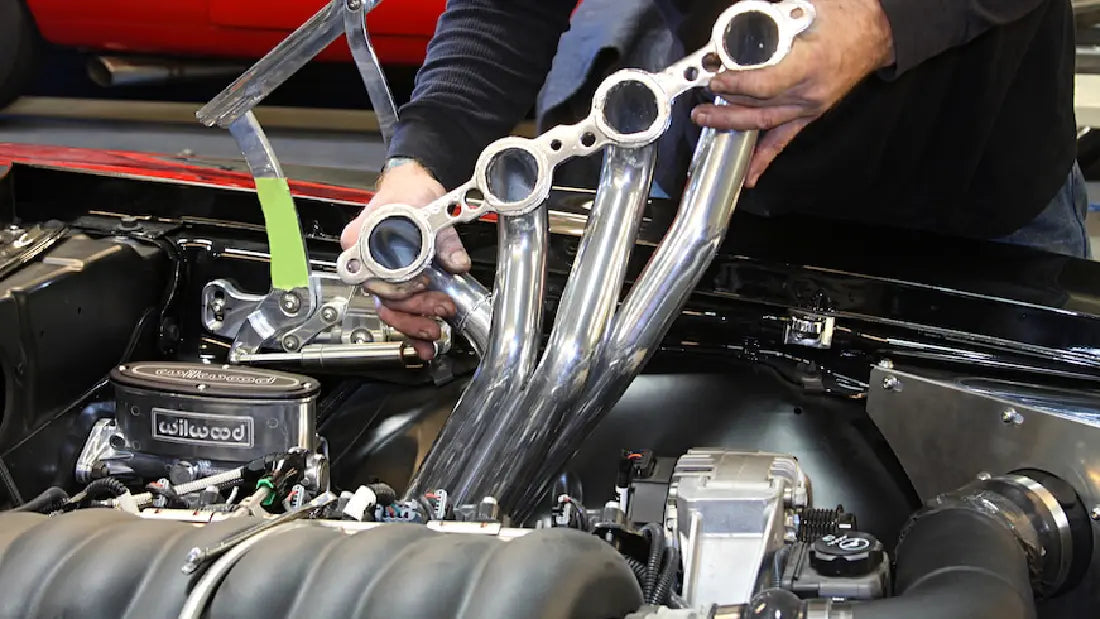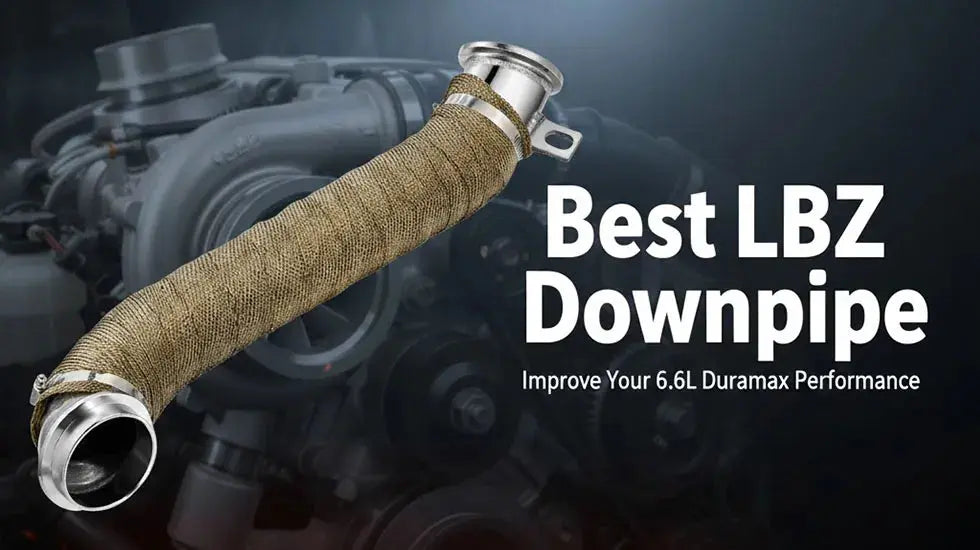When modifying your car for better performance or a more aggressive exhaust note, two popular options often come up: the downpipe and the cat-back exhaust system. While both upgrades enhance how your vehicle sounds and performs, they serve very different roles under the hood and behind the bumper.
Understanding the differences between a downpipe and a cat-back exhaust is essential if you're planning your first performance mod—or mapping out a full exhaust upgrade. This guide breaks down what each component does, how they affect power, sound, and emissions, and which one makes more sense for your build.
What Is a Downpipe and What Does It Do?
A downpipe is the section of piping that connects the turbocharger (or exhaust manifold in naturally aspirated engines) to the rest of the exhaust system. It is located just after the turbo and is one of the first places exhaust gases pass through.
Upgrading the downpipe can significantly improve exhaust flow. This results in quicker turbo spool, increased horsepower, and improved throttle response. Performance-focused downpipes often come in two versions: catted (with a high-flow catalytic converter) or catless (without one). Upgraded downpipes typically add between 10 and 20 horsepower, depending on engine tuning and configuration.

What Is a Cat-Back Exhaust System?
A cat-back exhaust includes all components of the exhaust system that come after the catalytic converter. This typically means the mid-pipe, resonator, muffler, and tailpipe. It does not affect emissions equipment, making it legal in most regions.
Drivers upgrade to a cat-back exhaust primarily for improved sound and appearance. Some systems also offer slight performance benefits by reducing backpressure. Well-designed cat-back exhausts can improve horsepower by around 2–5%, particularly when combined with other supporting modifications.

Performance Comparison: Downpipe vs. Cat-Back
Both upgrades improve performance, but in different ways. A downpipe delivers more significant gains in horsepower and torque. This is because it addresses the high-pressure area closest to the engine, where reducing restriction has the biggest impact.
In contrast, a cat-back exhaust contributes modest power gains. It reduces backpressure but doesn’t affect the turbo’s ability to spool. The performance benefits are more noticeable when paired with other upgrades like an intake or ECU tune.
Horsepower and Torque Gains
Downpipes typically produce greater performance gains, especially for turbocharged engines. Reducing exhaust restriction near the turbine housing often yields horsepower increases of 30 to 40 or more.
Cat-back systems provide smaller improvements, usually adding 5 to 10 horsepower by improving flow and reducing restriction further downstream in the exhaust path.
ECU Tuning and Stage Compatibility
Downpipes often require an ECU tune to avoid engine warnings and to maximize the power benefits. Performance “Stage 2” tunes commonly target downpipe upgrades.
Cat-back systems rarely require ECU modifications. They are generally bolt-on and do not interfere with engine management systems.
Turbo Spool and Throttle Response
Installing a downpipe can lead to faster turbo spool because of reduced exhaust backpressure. This enhances throttle response and low-end torque.
Cat-back exhausts have minimal effect on turbo lag or throttle response. Their main benefits lie in sound improvement and slightly reduced exhaust restriction.
Sound and Driving Experience
Sound-wise, cat-back exhausts usually offer the most noticeable changes. They allow drivers to customize exhaust tone, volume, and character, delivering anything from a mild rumble to an aggressive growl.
Downpipes increase exhaust volume as well, especially when catless, but their sound tends to be harsher and less refined. Some drivers notice increased turbo whine or drone with downpipe upgrades.
Volume and Tone Differences
Cat-back systems offer a variety of sound profiles, often depending on muffler design and pipe diameter.
Downpipes generally produce louder, raspier exhaust notes, with catless versions having more pronounced drone and higher-frequency sounds under acceleration.
Daily Driving and Cabin Comfort
Cat-back systems tend to maintain reasonable cabin comfort, making them ideal for everyday driving.
Downpipes, especially catless ones, may introduce more exhaust drone and sometimes unpleasant smells, which can reduce comfort on daily drives.
Legal, Emissions, and Warranty Considerations
Downpipes pose greater challenges in emissions compliance. Many regions prohibit catless downpipes for street use. Even high-flow catted downpipes may fail strict emissions tests unless properly certified.
Cat-back exhausts usually keep the factory catalytic converter intact, so they remain street-legal in most areas and don’t impact emissions equipment.
Emissions Compliance
Regulations vary by region, but stricter areas require catalytic converters to be maintained or replaced with certified high-flow units. Catless downpipes often invalidate emissions tests and can lead to fines.
Impact on Vehicle Warranty
Modifying the downpipe can affect warranty claims if related components fail. Some manufacturers or dealers may deny warranty coverage, though laws often require proving the mod caused damage.
Cat-back exhaust modifications are less likely to affect warranty status, as they do not interfere with emissions control systems.
Cost, Installation, and Upgrade Path
Cat-back exhaust systems tend to be more expensive upfront, ranging from several hundred to over a thousand dollars depending on materials and brand.
Downpipes are usually less costly to purchase but may incur higher installation costs due to labor intensity and the need for ECU tuning.
Installation Difficulty and Labor
Cat-back exhausts are generally straightforward to install and can often be done in a few hours with basic tools.
Downpipe installation is more complex, requiring work near the turbo and engine bay, sometimes including removal of heat shields and sensors.
Cost Comparison
While cat-back systems have a higher initial price, they rarely require additional tuning costs.
Downpipe installations add tuning and potentially other hardware expenses, increasing total investment.
Recommended Upgrade Sequence
A common recommendation is to begin with a cat-back exhaust to improve sound and aesthetics. Afterward, adding a downpipe and ECU tune can unlock significant performance gains.
This sequence helps spread costs and minimizes legal or emissions concerns initially.
Which One Should You Upgrade First?
Your choice depends on your goals. For a more aggressive sound and visual appeal without complicated tuning, start with a cat-back exhaust.
If you seek maximum performance improvements, particularly on a turbocharged vehicle, a downpipe combined with ECU tuning delivers the largest power gains. Always verify local emissions laws before proceeding.
Many enthusiasts eventually install both, completing a full turbo-back exhaust upgrade. Choosing the mod that aligns with your current needs and budget is the best approach.

